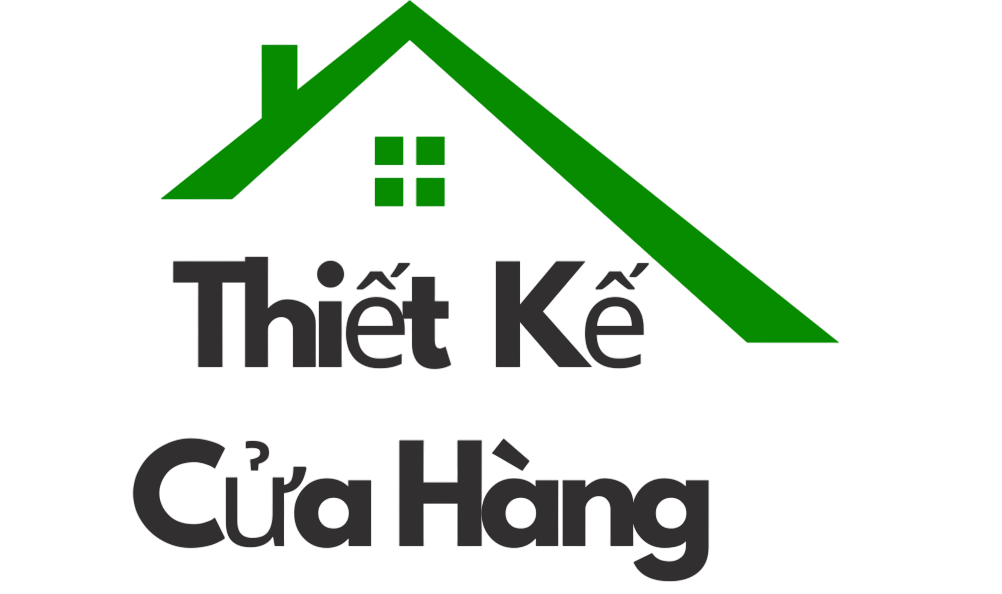Global industry forces exhibit fierce rivalry between established producers and new players. Chinese original equipment manufacturers control EV development, capturing 18% of Western European industry presence. https://cars.edu.vn/
Innovative developments drive progress in autonomous systems and digital vehicles. L3 capabilities enable driver-assist use although L4 pilots increase in city areas.
Legislative requirements increase demands with more rigorous emissions objectives and safety mandates. The EU’s carbon dioxide limits necessitate car companies to attain specific emission levels fleet averages.
Location-specific changes emphasize varying strategies – China utilizes government support while India rises as expansion hotspot through planned investments.
Material discoveries and environmental initiatives acquire traction, with BMW’s prototype demonstrating significant percentage drop in total discharge through recycling economy concepts.
Market challenges remain, for example battery metal market fluctuations and employee apprehensions associated with electric vehicle transition. Long-term proposals highlight variety of supply chains and accelerated code-based creation.
The pathway to 2030 demands balanced integration of modular platforms, regional plans, and environmentally friendly practices to guarantee wide-ranging advancement across global markets.
